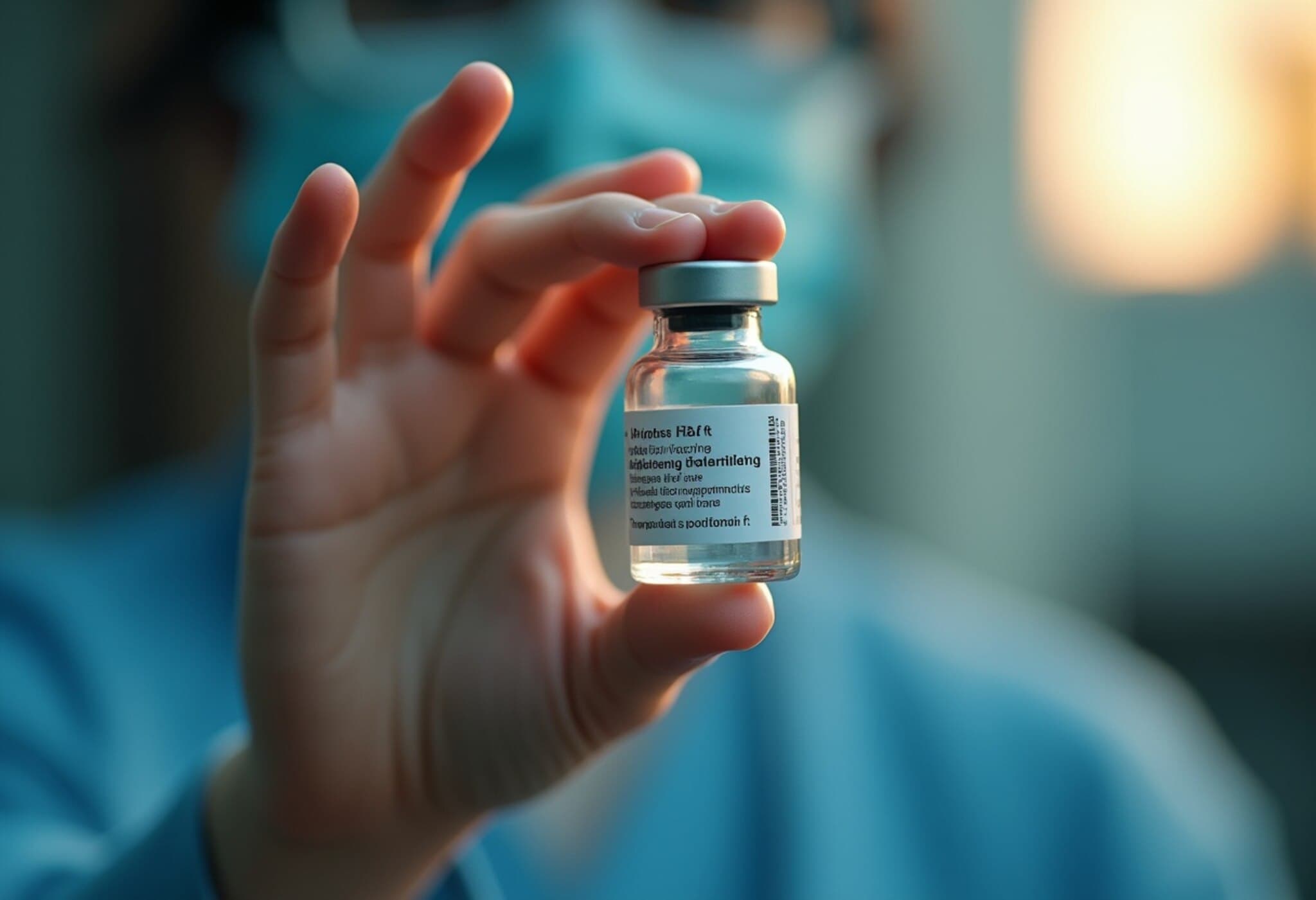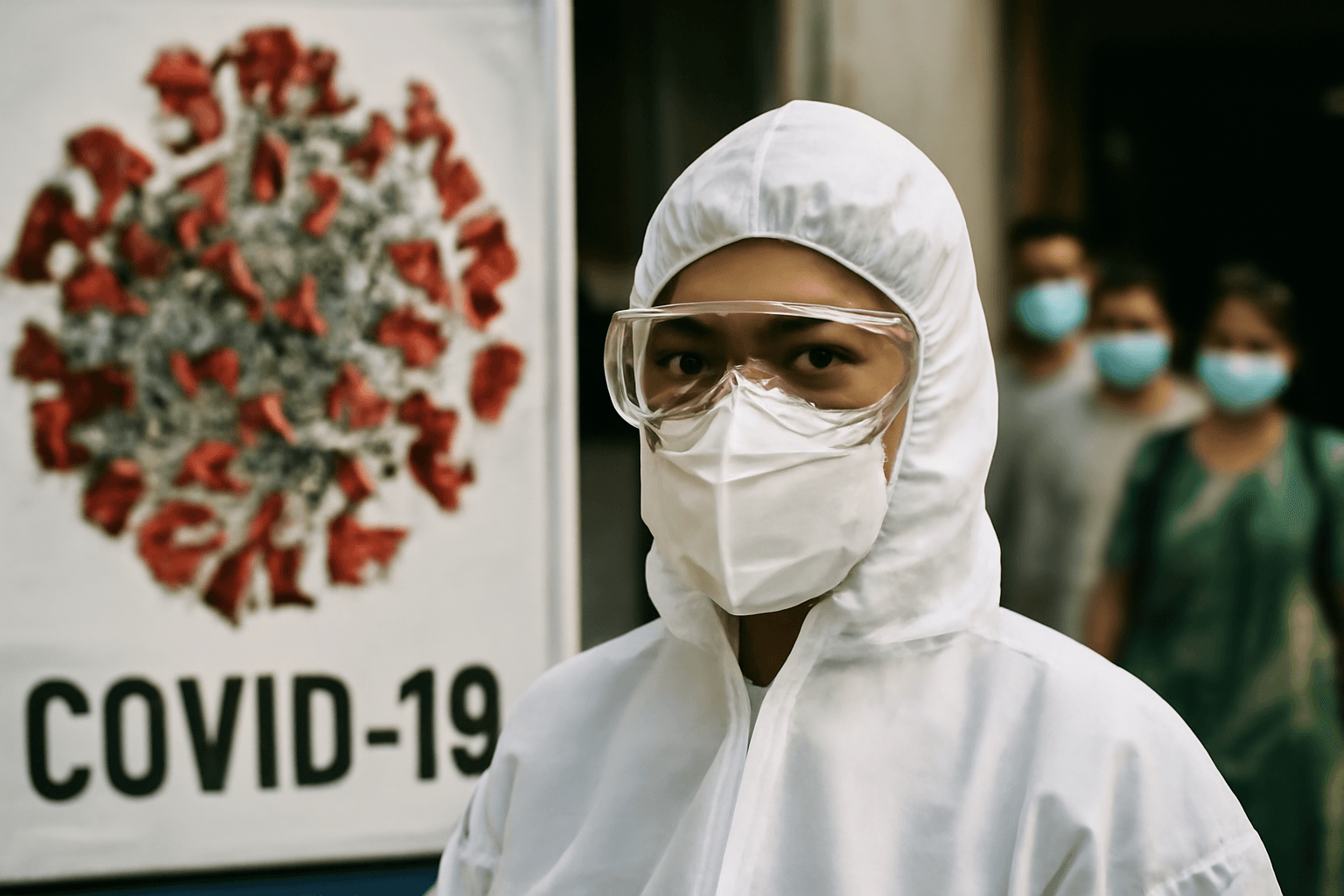AdFalciVax: A Beacon of Hope in the Fight Against Malaria
Malaria remains a persistent global health challenge, having claimed millions of lives over centuries. With new scientific breakthroughs, India’s Indian Council of Medical Research (ICMR) has developed a promising vaccine candidate—AdFalciVax—that could revolutionize malaria prevention efforts. Here’s a detailed look at this cutting-edge vaccine, its scientific basis, and what it means for India and beyond.
Understanding the Science: What is AdFalciVax?
AdFalciVax is a novel chimeric recombinant vaccine designed to provide robust protection against Plasmodium falciparum, the most lethal species causing malaria globally. Unlike traditional vaccines, it cleverly combines gene segments from the malaria parasite to trigger a two-pronged immune response.
- Stage 1 - Sporozoite and Liver Stage Targeting: It uses the circumsporozoite protein (CSP), which appears when the parasite infects a human host and invades liver cells. By training the immune system to recognize CSP, AdFalciVax aims to stop the infection at its earliest and most vulnerable phase.
- Stage 2 - Transmission Blocking: The vaccine also incorporates a fusion protein called Pro6C, derived from two proteins (Pfs230 and Pfs48/45). This component obstructs the parasite’s transmission from humans to mosquitoes, effectively interrupting the malaria lifecycle in the community.
Preclinical animal studies reflect encouraging results: AdFalciVax has demonstrated over 90% protection in laboratory mice, signaling a significant leap compared to existing malaria vaccines like RTS,S and R21, which register approximately 75% efficacy.
Why Is This Development Significant?
Malaria vaccine development has historically been an arduous journey, complicated by the parasite’s complex lifecycle and antigenic variability. According to Dr. Subhash Singh, project manager at ICMR Bhubaneswar, AdFalciVax’s innovative design tackles these challenges by targeting both infection and transmission stages simultaneously — a dual strategy seldom seen in prior vaccine candidates.
Moreover, the ICMR plans to collaborate with vaccine manufacturers for conducting robust human clinical trials and eventual mass production. Crucially, ICMR retains intellectual property rights while sharing technology, cementing India’s role in global health research and self-reliance.
Localized Impact: What Does This Mean for India?
Although AdFalciVax promises groundbreaking efficacy against Plasmodium falciparum, it currently shows no effect on Plasmodium vivax, the dominant malaria species in India. This nuance highlights the ongoing need to diversify malaria intervention strategies and continue research tailored to regional epidemiologies.
Historically, India has made notable strides in malaria control. The World Malaria Report 2024 recognizes India's remarkable progress, highlighting a 69% reduction in estimated malaria cases from 2017 to 2023 and a similar decline in mortality rates. India’s exit from the World Health Organization’s High-Burden to High-Impact (HBHI) group status in 2024 is a testament to this progress.
The Broader Malaria Landscape and Challenges
Globally, malaria remains a significant threat, particularly in sub-Saharan Africa, where countries like Nigeria and the Democratic Republic of Congo bear the brunt. Annually, the disease causes approximately 400,000 deaths worldwide, predominantly among children under five.
Malaria’s complexity arises from the parasite’s multiple life stages, ability to evade immune responses, and increasing drug resistance—factors that have historically impeded vaccine development.
Expert Perspective: Navigating the Road Ahead
From a public health policy angle, AdFalciVax’s emergence is a welcome breakthrough. However, the pathway from promising animal results to an effective, mass-distributed human vaccine remains long — involving multiple clinical trial phases, regulatory approvals, and production scale-up challenges.
Diplomatic and economic considerations also enter the fray. As India moves toward vaccine self-sufficiency, partnerships with manufacturers will be critical in ensuring affordable and equitable access across malaria-prone regions, including Africa and Southeast Asia.
Key Questions Raised:
- How will AdFalciVax’s deployment integrate with existing malaria control tools (bed nets, insecticides, and drug therapies)?
- What strategies can be used to develop similarly efficacious vaccines against Plasmodium vivax?
- What are the plans to ensure affordable access to developing countries most affected by malaria?
Editor’s Note
AdFalciVax represents a hopeful milestone in the global fight against malaria—a disease that has plagued humanity for centuries. While it is a triumph of Indian scientific innovation, its ultimate impact hinges on collaborative efforts spanning clinical validation, manufacturing, and equitable distribution. For students and policymakers alike, this unfolding story underscores the vital intersection of biomedical innovation and public health strategy. As malaria continues to evolve, so too must our approaches to science, policy, and global health equity.



















